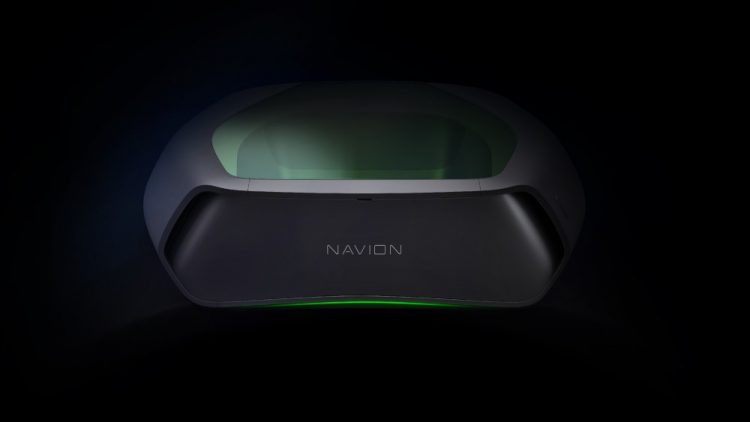
Driving in real life is nothing like Gran Turismo. There are no shortages of distractions when we’re out on the open road piloting several tons of steel and plastic at high speeds. Texting, phone calls, music, and even other passengers all vy for our attention. Driving while distracted is a gamble…and it’s probably not worth rolling the dice if you don’t have to. You’re in control of managing the risks you take, but unfortunately other people who might be more careless and make potentially poor decisions. There is no shortage of legislation against distracted driving, but like many laws they sometimes serve as punishment rather than deterrent. The pervasive usage of mobile devices and their harmful effects on vehicular safety had to happen before state-wide bans would ever come to fruition. Technology offers limitless opportunities to split our attention and increase risks while operating vehicles, but what if they could also provide safer alternatives that also increase our driving abilities?
Ladies and gentlemen, I present to you augmented reality (AR). For most people I’m sure the first thought accompanying augmented reality is the popular mobile game Pokemon GO – a game that’s served as quite the distraction for motorists around the world. No, the type of AR I’m talking about instead is highlighted in Navion – an AR device created by WayRay that projects a holographic display onto your windshield.
Navion is an interface and GPS system with an augmented reality heads-up display (HUD) that provides you with helpful information about the roadway and the driving of other motorists. It displays directions as well as route overviews, including distances to stops and turns with arrows indicating the exact lane to take. You don’t have to peer at your phone or struggle with missed turns – it’s all displayed in front of you on your windshield without the need for headsets or glasses. There are now fewer devices to distract – leaving you to focus on driving safely.
There are many other similar systems in development and each has the potential to make the roadways safer through enhanced driving. If you’ve ever played any of the recent Forza racing video games, you’ll be familiar with their driving assist system. It provides lines on the road, indicating where to drive to stay within the lines. Moreover these lines are color coded, each color indicating what speed you should travel to safely complete whatever driving maneuver you’re undertaking. Similar systems made possible with augmented reality could tell you what the optimal speed is to complete a turn or warn you of drifting drivers and give you enough time to react. What remains to be seen is how driving assisted or self-driving cars will affect auto insurance. Liability becomes complicated when introducing computer systems whose glitches or hacking could theoretically result in traffic accidents.
Such systems feature more than just driving assist. The Navion is integrated with “infotainment,” and allows you to use hands-free voice commands. Notifications like text messages appear on the display, but only when you’re at a complete stop. In addition the system prevents you from accessing them while the vehicle is in motion, thus forcing drivers to focus more on driving and less on their phone. Similar forms of this technology could do what modern voice GPS did for navigation (removing the distraction of fiddling with physical maps) and completely change the way we travel.
If handled correctly, such HUDs could be an important step toward keeping drivers focused on the road and getting safely to their destinations. At least 52% of all U.S. fatal car crashes in 2011 involved mobile phones. Reducing the prevalence of distracted driving through driving assist systems can save lives and make us all more effective and alert drivers.

